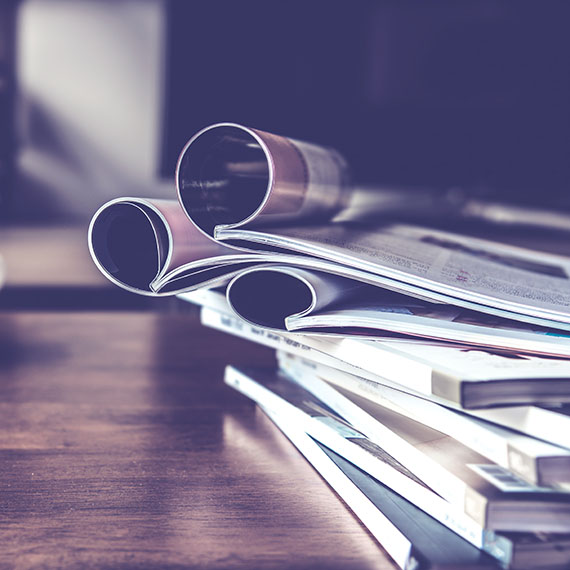Table of contents
Are you planning to publish a bilingual newsletter? Or add more languages to your online shop? No problem! This article explains how to get the tailor-made translation you want by providing extra reference material.
1. How reference material prevents mistakes and misunderstandings
Even when a translation is correct in terms of content and grammar, you might still find it falls short of your expectations. How is that possible? It could be due to a lack of context and reference material. Think of it this way – even experienced, professional translators need extra information from time to time. What might be obvious to you from your daily professional life won’t always be clear to your translator. This can lead to false expectations, misunderstandings or even mistakes.
To avoid this, we recommend the following: When submitting text to a specialist translator, include some additional reference material. Each additional piece of information, such as photos, layouts, links and background notes, will help them understand more about the subject.
This is particularly useful when it comes to less common abbreviations or those used exclusively within your company. You can avoid potential misunderstandings by including a document with the corresponding definitions.
2. How reference material saves you time
Do you have a list of fixed company terms that need to stay in the original language and shouldn’t be translated at all? Perhaps you have an existing glossary of words that should be incorporated into all your required languages? That’s perfect, either way! This reference material and background information will improve the results we deliver. Rather than spending time on research, our language experts can focus entirely on the translation.
3. How reference material ensures consistency
Style templates or style guides describe your preferences, including forms of address, punctuation marks and how certain proper nouns should be written. These manuals also guarantee that your company's specific guidelines are used in exactly the same way for every text assignment. The same applies to glossaries.
Our recommendation: Send us these materials to ensure that your company's branding is consistent in every language.
If you don't have any general guidelines, it's helpful to include previous translations that have met your criteria. The specialist assigned to your translation can then use them to understand the style of writing you require.
4. Finding the right tone of voice
Brochures, flyers and similar publications are another way to demonstrate how you want to communicate with your audience. These references also enable our translators to incorporate your customer and product-related words as part of your translation.
Some companies have a blacklist of words that should never be used. If you have such a list, please share it with us so we can steer clear of them and avoid unpleasant surprises.
5. More clarity and accuracy
When submitting text to be translated into another language, it's a good idea to include pictures, illustrations, layouts, screenshots or videos as background material. Remember, words can mean different things in different contexts, so an image or layout can help to clarify things.
We look forward to working with you!
Here's the best part: By providing your translator with sufficient reference materials and any important notes, you can have a positive influence on the quality of your translation.
The bottom line?
The more precisely you brief us on your ideas, the better your translation will be.
You might find our checklist helpful when ordering translations. You can download it here:
